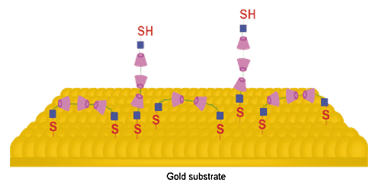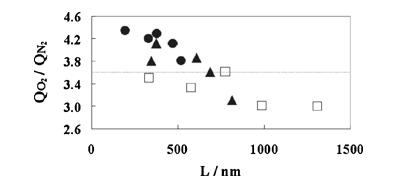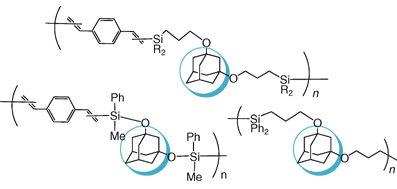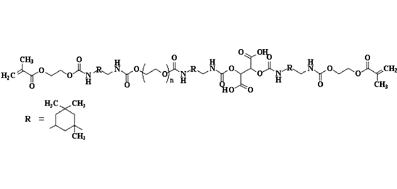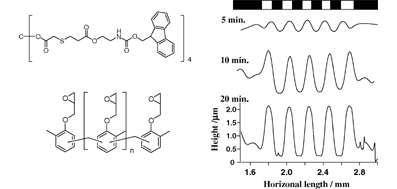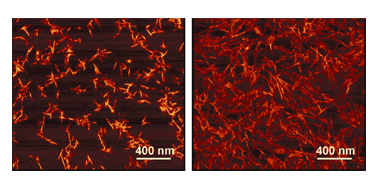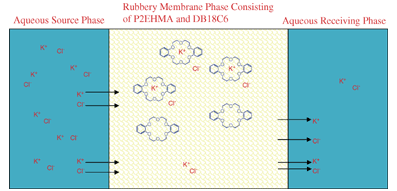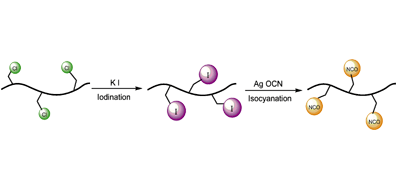N.
[Full Text PDF(J-STAGE)]
| Synthetic approaches for wholly aromatic polyketones with the aid of designing aromatic ring assembly molecules such as 2,2′-dioxybiphenyls and the related molecules having electronically equivalent structures or sterical analogy as activated and tolerable acyl-acceptant precursor substances for wholly aromatic polyketones are discussed. The construction of the copolymer structure composed of aromatic rings and ketonic carbonyl groups were performed utilizing regioselective and consecutive electrophilic aromatic aroylation in polymer enchainment steps and/or monomer preparation. |
 |

